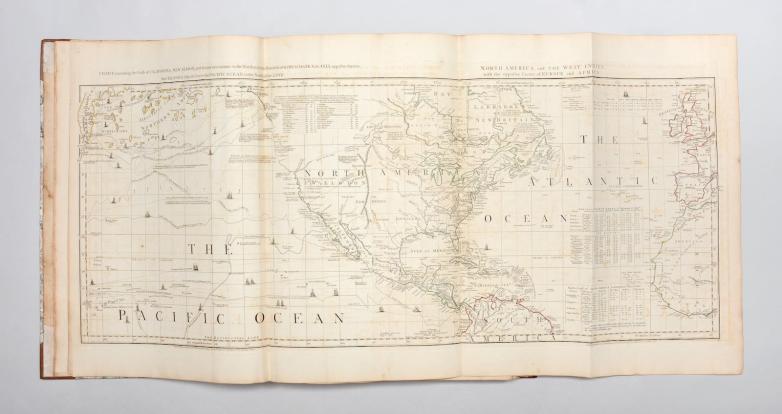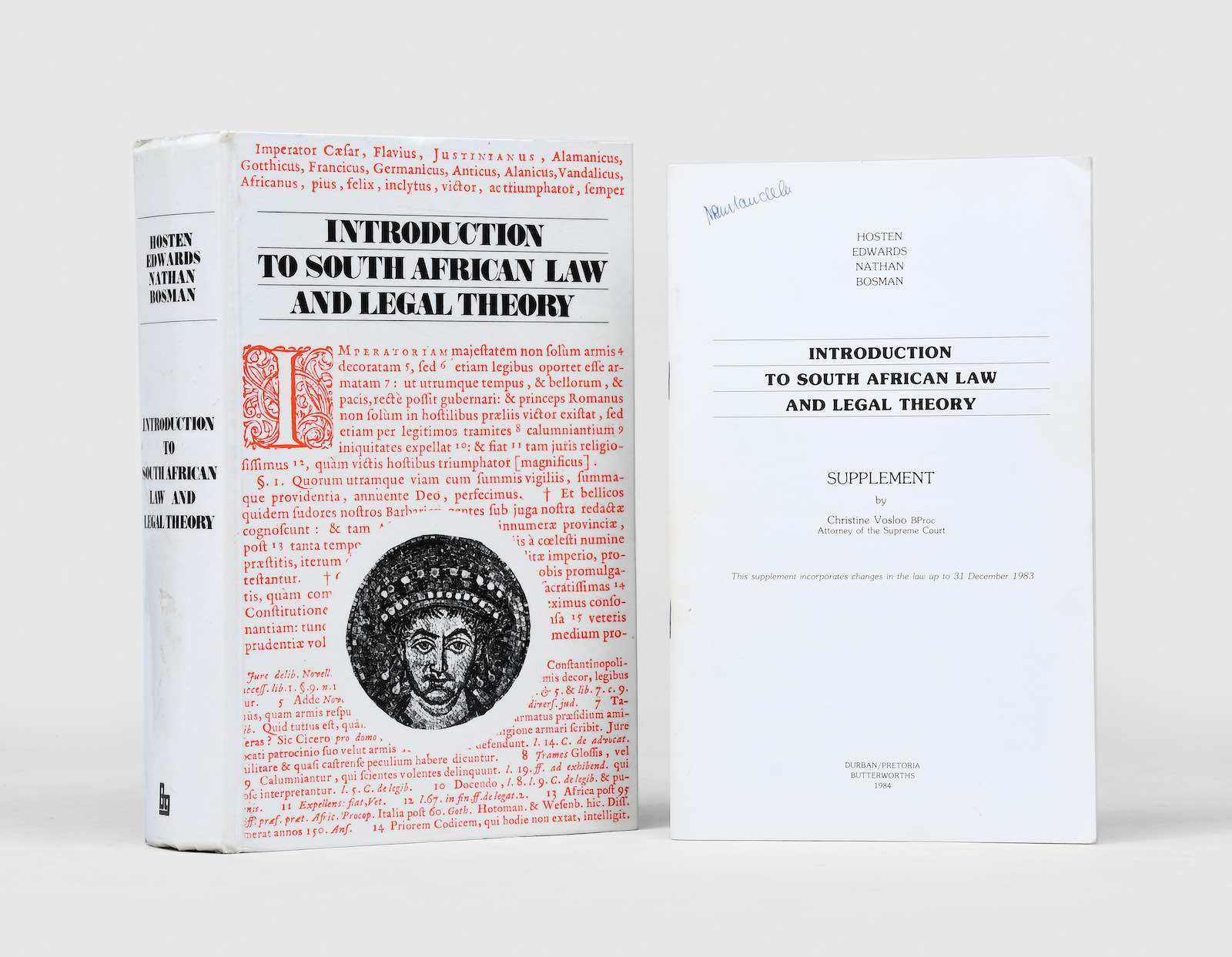Other highlights include:
- The Two Noble Kinsmen by William Shakespeare & John Fletcher (1634), one of only five copies in private hands.
- Ehrenpforte. Arc triomphal de l'empereur Maximilien I by Albrecht Dürer (1799) - printed from the original 16th century blocks under the supervision of Adam Bartsch, this is the fourth impression of Dürer’s Ehrenpforte, one of the great giant woodcuts of the Renaissance.
- Ian Fleming’s manuscript notes on the 23rd annual conference for the International Criminal Police Commission in Turkey, developed into From Russia, With Love (1955) - he jots down subjects on which information is needed (including “types of cigarettes, cigars ... is tea brought into meetings? ... Russian girls love Englishman - what for - what dislikes”) and makes numerous comments regarding the operations of various global intelligence services, Russian language, and culture.
- Box of Pin-Ups by David Bailey (1965), the first edition of this seminal collection of portraits by Bailey, and one of the great iconic representations of the Swinging Sixties in London.
- The Birds of Great Britain by John Gould (1862), an exceptionally handsome set
- History of the Indian Tribes of North America by Thomas Loraine McKenney & James Hall (1836)
- Collection of Etruscan, Greek, and Roman Antiquities by Sir William Hamilton (1766), a triumph of book production, one of the most influential art publications of the 18th century




















